In case you need a recap on why we are here, quickly look through the previous post at FITNESS: A Way of Life (Part 1). (It’s been 3 years 😊)
The Maffetone Method had a significant influence on me and transformed my fitness journey holistically. “The Big Book of Endurance Training and Racing” is a great read if you want to perform well or do your workouts injury-free. Previously, my weekdays would be exhausting after workouts, often in Zone 4/5. Weekends were even crazier; afternoons required a nap as I was running or cycling for 3-4 hours in Zone 4/5.
Shifting to aerobic zone-based training had an immediate positive impact on my recovery—it was super fast. Running in Zone 2/3 was just amazing. I could do this for 4-5 days straight without risking injury or excessive effort. My waistline reduced in a few weeks, which had been stuck for years despite running in the anaerobic zone.
If you’re confused about what aerobic and heart rate zones are, read on.
I had an enlightening experience during a cycling expedition to climb the famous Kalhatty Ghat section on the way to Ooty in March 2017. The plan was to camp below and just do the Kalhatty climb, which has an elevation of around 1830m over ~35Km.
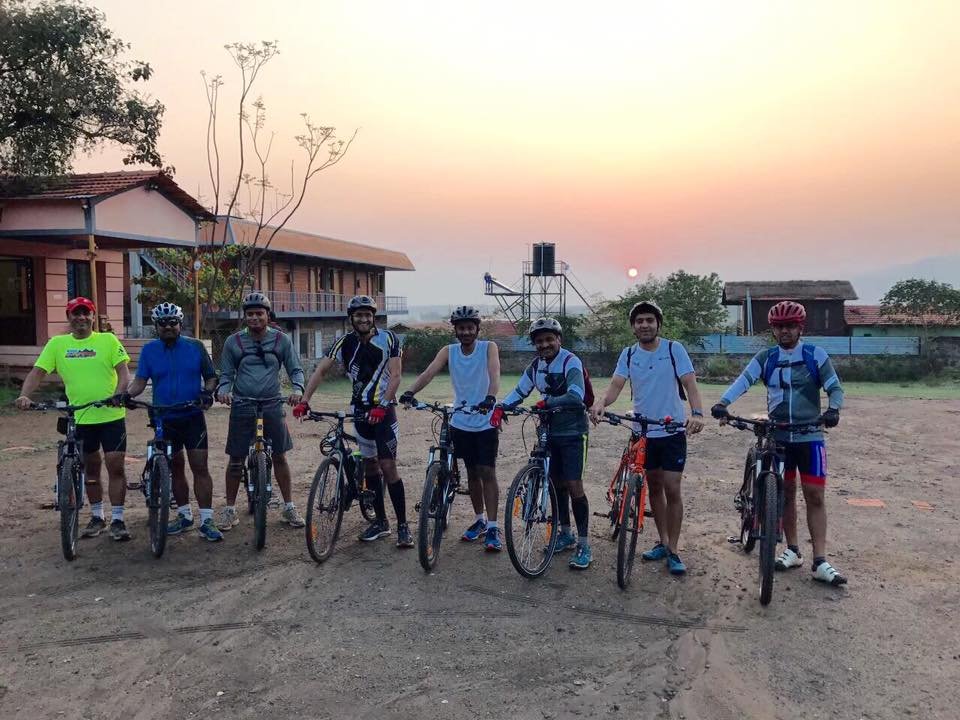
Although I was the first among my peers to complete the climb, I was not satisfied. I had to stop a few times to catch my breath during the ride and was exhausted by the end. It felt like I had the energy, but my lungs just didn’t have the capacity to sustain. It was like having a superbike with a 50cc engine. I knew something was wrong and that this was not how it was supposed to work.
I had heard about aerobic running from my running peers, especially the experienced ones, but never really bothered about it. Slow was something I did not like, but finishing this climb with pain was something I liked even less. I came back and researched ways to build endurance, and everything converged to one phrase: “Aerobic Zone.” So, what is this aerobic zone?
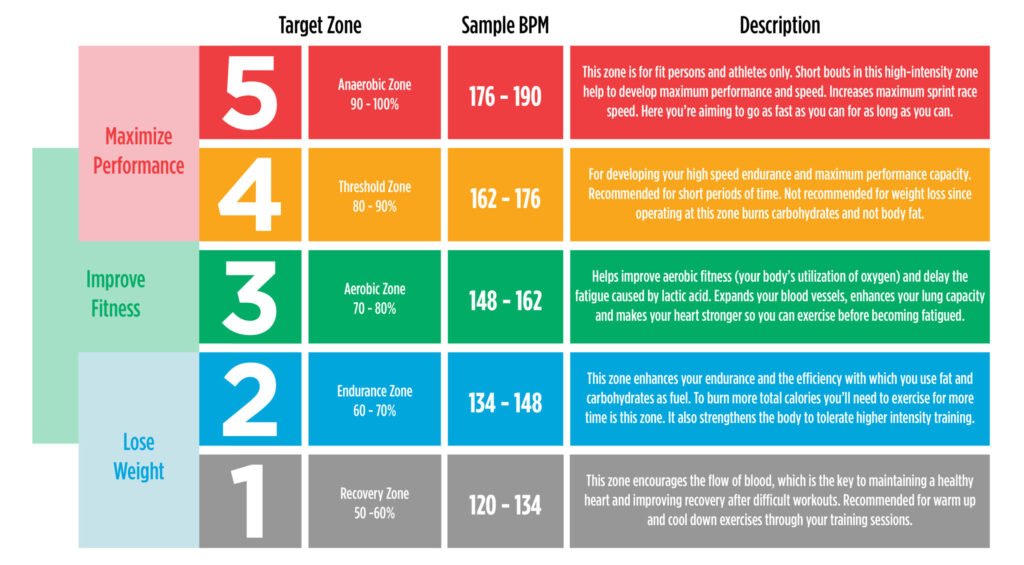
The aerobic zone (Zone 2/3) refers to a heart rate range where your body primarily uses oxygen to convert carbohydrates and fats into energy. This zone is typically characterized by moderate-intensity exercise, where you can sustain the activity for extended periods without becoming overly fatigued. Training in the aerobic zone helps improve cardiovascular endurance, increase stamina, and enhance overall aerobic capacity.
The anaerobic zone (Zone 4/5) refers to a heart rate range where your body primarily relies on anaerobic metabolism to produce energy. In this zone, the intensity of exercise is high enough that your body cannot supply enough oxygen to meet the energy demands, so it starts to break down glucose without oxygen, leading to the production of lactic acid.
Lactic acid, or more accurately lactate, is a byproduct of anaerobic metabolism that occurs during high-intensity exercise, such as running. When you run at a pace that exceeds your body’s ability to supply enough oxygen to your muscles, your body switches from aerobic metabolism (using oxygen) to anaerobic metabolism (without oxygen) to produce energy. This process leads to the production of lactate.
Effects on Performance
- Muscle Fatigue: Accumulation of lactate and hydrogen ions in the muscles can lead to a decrease in pH (acidosis), which contributes to muscle fatigue and the burning sensation you feel during intense exercise.
- Performance Limitation: High levels of lactate can limit your ability to sustain high-intensity efforts, as your muscles become less efficient at contracting.
There are multiple ways to define the aerobic and anaerobic zones in running. Your watch may calculate these based on Max HR and your VO2 Max. You can also use the traditional 220-age formula for Max HR.
I follow the Maffetone Method of calculation, which seems fair to me and works better. Here’s how to calculate your MAF heart rate using the Maffetone Method:
- Start with the number 180.
- Subtract your age.
- Adjust the result based on your health and fitness level using the following guidelines:
- Subtract 10 if you are recovering from a major illness or are on regular medication.
- Subtract 5 if you have not been exercising regularly or are recovering from a minor illness.
- Keep the number as is if you have been exercising regularly without any major issues.
- Add 5 if you have been training consistently for more than two years without any injuries and have made progress in competition.
For example, if you are 30 years old and have been exercising regularly without any major issues:
- Start with 180.
- Subtract your age: 180 – 30 = 150.
- Since you have been exercising regularly without issues, you keep the number as is: 150 bpm.

I set this on my watch and made it beep whenever I crossed 159 (185-26)HR. It was funny, stressful, and eye-opening at first. I would run a few meters from my home and the watch would beep. I had to walk every time it beeped. Uphills were even tougher; I needed to do a slow walk. If it was humid—beep. My first run with a HR monitor was tough, really tough, after running without walks during my training runs.
What used to be a comfortable pace of 4:30-4:40/km for me dropped to 6:12/km to keep my HR at 159 or less. I started doubting myself if this was really worth it, but I never gave up. I focused on keeping my HR below 159, whether running or cycling. In 3 months, I was able to run a 10Km with the same HR at 5:30/km and 5:00/km in a year. I smashed my 10K and HM PBs by a big margin in a year.
Navigating Challenges in Aerobic Training
- Heart Rate Monitoring: Initially, you will need the assistance of a watch to remind you of your heart rate (HR) while running. However, within a couple of weeks, you will be able to gauge when to slow down just by paying attention to your breathing.
- Embrace Walking: There is no shame in walking. Walk as soon as your HR crosses the threshold for a few steps, then resume running. Initially, you might find yourself walking 50% of the time, but over time, you will be surprised to see this decrease to only 10%.
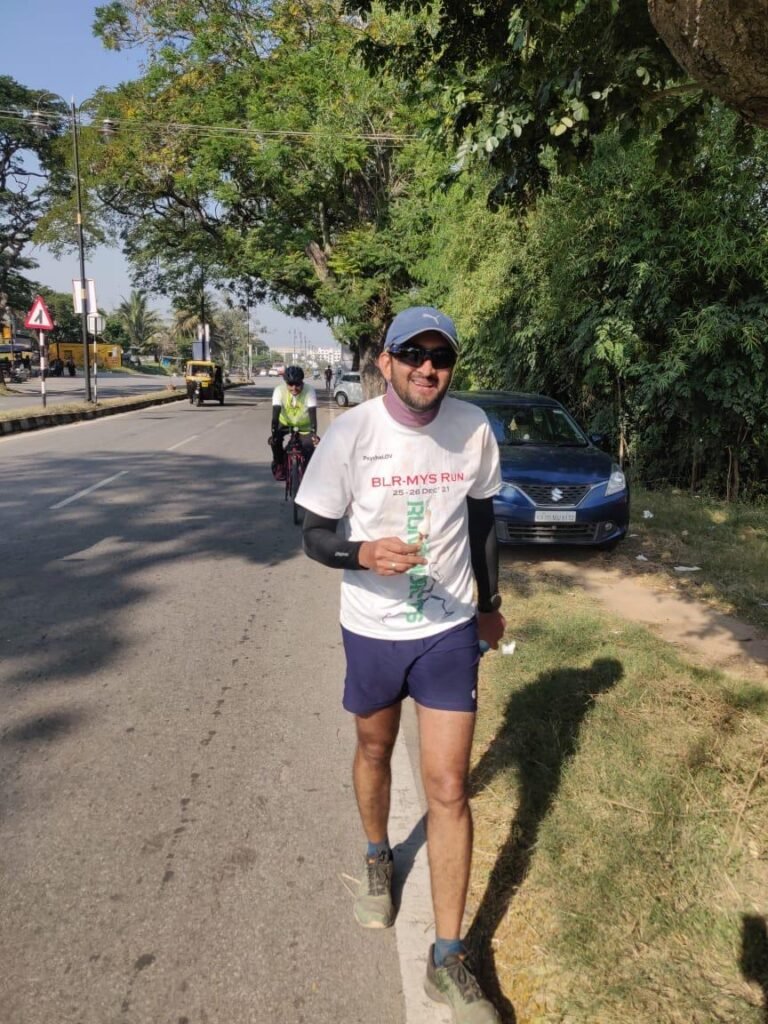
- Invest in Quality Equipment: Invest in a good HR chest strap monitor. The HR readings from wrist monitors are often inaccurate, and you will soon realize the importance of precise data.
- Trust the Process: Do not doubt your ability to run faster after doing these slower runs. After running no faster than 5:30/km for three months, I was able to do 1km speed intervals at 3:20-3:30/km. Trust the process; it rewards those who are patient.
- Seek Flat Terrain: Although the place we live in has difficult terrain, look for flat roads to train on. This will help you maintain a consistent HR and improve your aerobic capacity.
- Understand Your Limits: You cannot do negative splits in this type of training. Your first kilometer will be the fastest, and the last one the slowest (on a flat track). Our aerobic capacity reduces over time, and you will hit the cardiac drift after which your HR won’t come down.
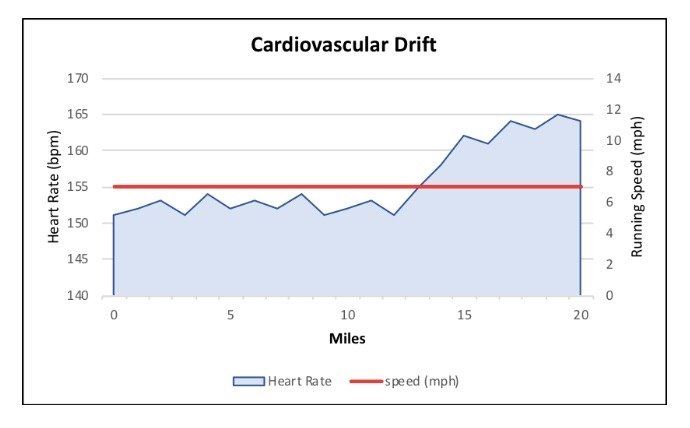 This can happen at 6, 8, or 10km. Over time, your threshold will extend, and your endurance will build. It is difficult to run longer than 1:30 hours in the aerobic zone initially, but this will gradually extend to 2 hours and beyond. Patience is key.
This can happen at 6, 8, or 10km. Over time, your threshold will extend, and your endurance will build. It is difficult to run longer than 1:30 hours in the aerobic zone initially, but this will gradually extend to 2 hours and beyond. Patience is key. - Health Benefits: I had borderline cholesterol for three years despite an active lifestyle. With aerobic running, I was able to bring it to normal levels. This method has more health benefits than regular run training.
- Avoid Races During Training: Do not sign up for any races during this phase. Dedicate six months to this training, and then participate in races.
It worked!
I am less tired, can run a sub-2 HM at 155 HR, and carry out my day without any hindrances. I am burning fat and not carbs, so I can eat my regular food without supplements. Many of running friends got influenced and were amazed to see positive results.This is definitely a game-changer.
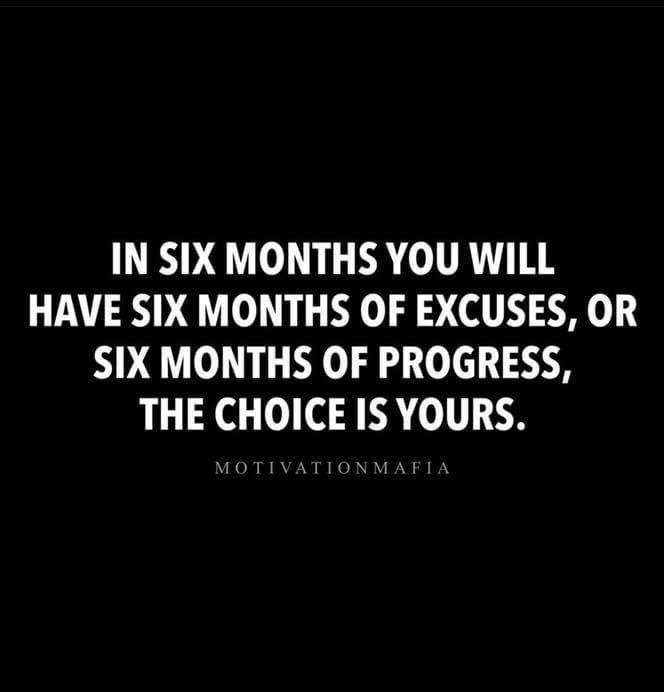
I have just one request if you want to try this approach: do not give up for 30 days, and then decide for yourself. I can share more information and my journey if you have further questions, feel free to comment below.

A very interesting read. How can I get in touch with you to learn more about this?
Hi Srikanth,
You can e-mail me @ saigiri2@gmail.com
Worth reading and a eye opener for a runner like me. I am facing similar issues such as getting knee pain, glutes pain or legs becoming hard. I will try this method for a month and will be able to give feedback
Well written article. I have been influenced by Maffetone method much like yourself. As an unseasoned and inconsistent runner, my pace is something like 7:30 – 7:45 when running at MAF rate. It’s pretty frustrating in the beginning to run at that pace until you get used to it.
For me also 180 – age + correction formula worked pretty well. I ran my first HM (Tough 21 2.0) in 2:08:00 without ever training in other zones. Like you said, it felt really good at the end of the run.
That’s good to know Arun, wishing more successes 🙂